exhibitions
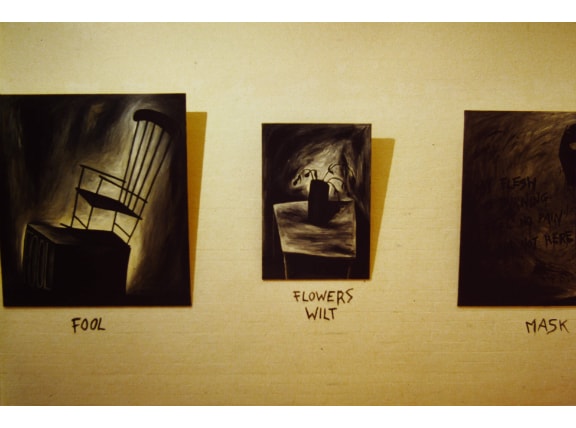
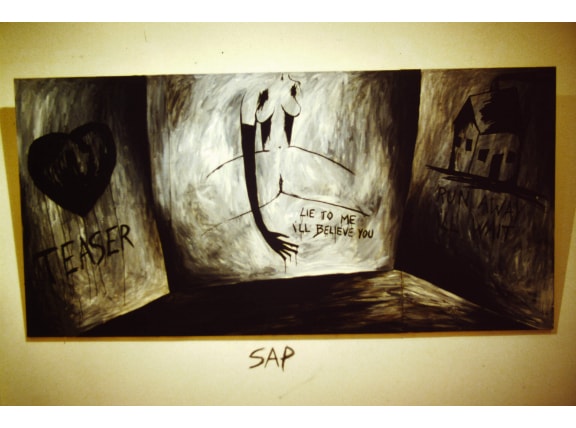
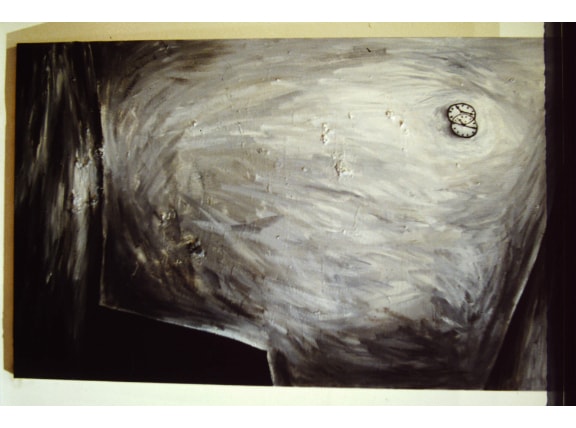
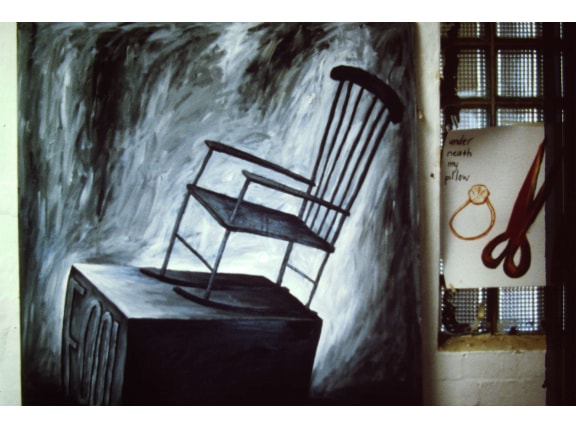
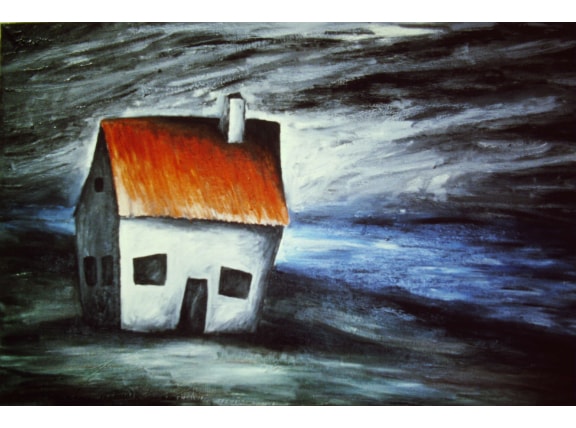
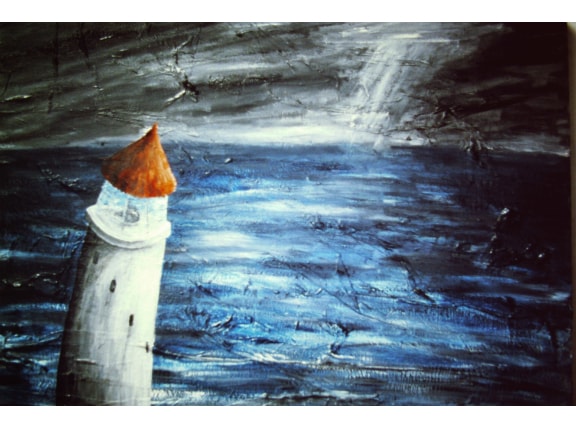
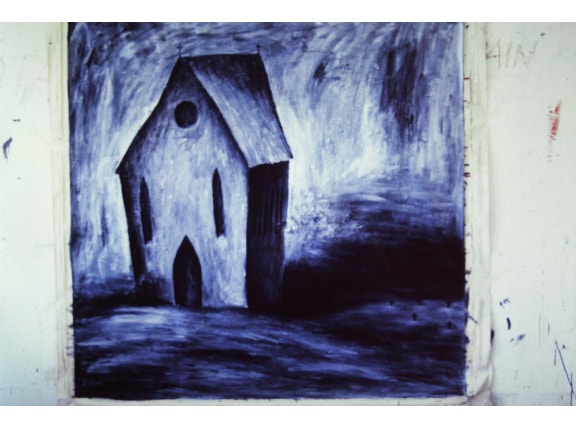
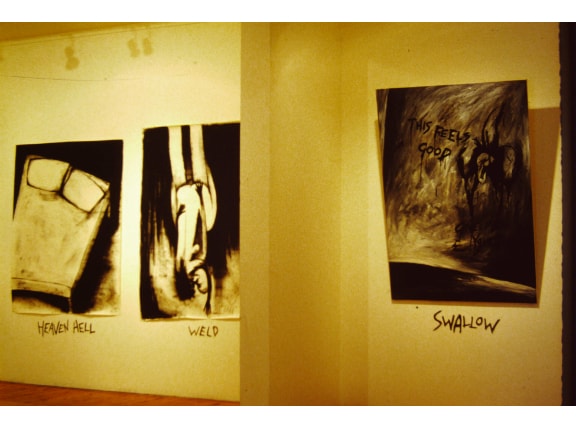
GREG ADES
FOOL
–
What is the space of these images? A room, a prison, a theatre, a cave? Perhaps a cell on whose walls a prisoner’s bitter visions are projected. Perhaps a kind of theatre of cruelty generated by the prisoner. A cave, perhaps Plato’s cave, where chained beings’ unable to take their eyes of the wall, saw only projections, shadows cast by objects that they would never see. The prisoners in Plato’s cave were men, this went without saying, just as it’s obvious that the visions in these images are those of a man. The whole structure - the cave/prison, the projections on the wall, the viewers - is gendered:
Paralyzed, unable to turn around or return towards the origin...they are condemned to look ahead at the wall opposite...toward the metaphorical project of the back of the cave, which will serve as a back-cloth for all the representations to come. Heads forward, eyes front, genitals aligned, fixed in a straight direction and always straining forward in a straight line. A phallic direction, a phallic line, a phallic time ... [1]
Once the gender of the prisoner is recognised the cave takes on a different cast. The prisoner is not the mute, chained witness of a series of projected shadows; he is projecting, he imprisons himself. He casts himself as a prisoner in a pathetic attempt to absolve himself of any responsibility for what is screened on the wall - it isn’t his fault, he has to watch them. A thoroughly unpleasant prisoner, feigning incarceration in order to win the viewer’s sympathy. But this scenario participates in the theatre of the images to the extent that it allows the gallery itself to become part of that theatre - it reads out backwards from these projections into the space of the gallery, as if the prisoner, their perpetrator, were somehow next to us, the viewers, in our space. If, for the moment, we were to assume an innocent viewer, would this perpetrator really be the invisible character projected tautologically back out from his own visions, or would it be the artist, implicitly present in our knowledge of this as his exhibition. And if there’s no innocent viewer mightn’t these projections originate in some complicity, some pact between the (male) viewer, the artist, and the fictive prisoner. Does this equation exclude the female viewer, or demand complicity from her gaze...surely it repulses her, surely it’s not possible to forgive the projector his delusions. That images which display so little space - formally and illusionistic ally - should open up such an unfathomable space - psychologically, theatrically, fictively, ontologically - is an indication of the artist’s faith in the power of painting to mean, but also of his inability to stabilise the very thing that allows this - the location of the viewer.
[Y]You will always already have lost your bearings as soon as you set food in the cave, it will turn you on your head, set you walking on your hands... This theatrical trick is unavoidable if you are to enter into the functioning of representation. [2]
Notes
[1] Luce Irigaray, Speculum of the Other Woman, trans. Gillian Gill, Cornell University Press, Ithaca, New York, 1985, original French 1 974, P. 245.
[2] Hist. P. 244.
Essay by Chris McAuliffe 1989